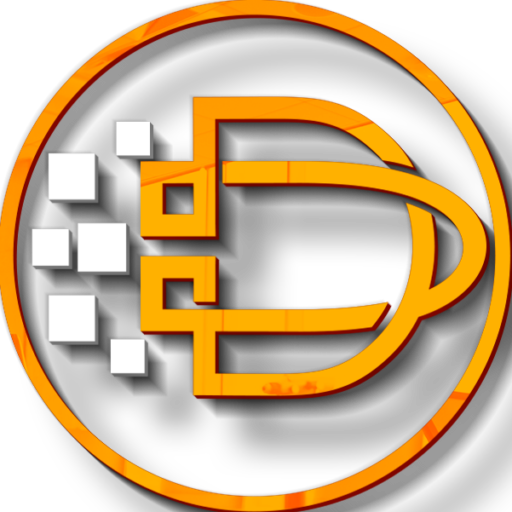Elevate Your Website with HTML: Unleash the Power of Structured Content!
Delve into HTML Structure
HTML is more than just a collection of tags; it’s the backbone of web content structure. With semantic elements like headings, paragraphs, lists, and more, you have the power to create content that’s both organized and meaningful.
By utilizing semantic tags such as <header>, <nav>, <main>, <article>, and <footer>, you not only define the layout but also provide valuable information to search engines about the purpose of each section. This improves both accessibility and SEO.
When you craft your website’s structure using HTML thoughtfully, you make it easier for users to navigate, understand, and engage with your content, resulting in a more immersive and satisfying experience.
Multimedia Magic with HTML
HTML’s capabilities go beyond text. It’s a gateway to incorporating rich multimedia elements that captivate and engage your audience.
With the <img> tag, you can seamlessly integrate images, adding visual appeal and context to your content. The <video> and <audio> tags allow you to embed video and audio files directly into your web pages, creating a dynamic and interactive environment.
Moreover, HTML5 introduced new multimedia attributes and APIs that enable functionalities like video playback controls, responsive images, and canvas-based animations. This empowers you to tell stories, showcase products, and convey messages in ways that text alone can’t achieve.
By skillfully combining text, images, videos, and audio, you create a holistic experience that resonates deeply with your audience, encouraging them to explore, interact, and connect with your website.
Commonly used HTML elements
Here’s a list of some of the most commonly used HTML elements and attributes that developers frequently use when creating web pages:
Basic Structural Elements:
<html>: Defines the root of an HTML document.<head>: Contains meta-information about the document.<title>: Sets the title of the document, displayed in the browser’s title bar or tab.<meta>: Provides metadata about the document (e.g., character encoding, author, description).<link>: Establishes a link to external resources like stylesheets and icons.<style>: Embeds CSS styles within the HTML document.<script>: Embeds JavaScript code or links to external scripts.<body>: Contains the visible content of the document.
Text and Formatting:
<h1>,<h2>, …,<h6>: Headings of varying levels.<p>: Paragraph.<strong>or<b>: Bolds text.<em>or<i>: Italicizes text.<u>: Underlines text.<br>: Line break.<hr>: Horizontal rule (a thematic break).<blockquote>: Represents a block of quoted content.<ul>: Unordered (bulleted) list.<ol>: Ordered (numbered) list.<li>: List item.
Links and Navigation:
<a>: Creates a hyperlink.<nav>: Defines navigation links.
Media and Embedded Content:
<img>: Embeds an image.<audio>: Embeds audio content.<video>: Embeds video content.<iframe>: Embeds an inline frame (external content or maps).<embed>: Embeds external content like media or interactive elements.
Forms and Input:
<form>: Defines a form.<input>: Creates an input field.<textarea>: Creates a multiline text input area.<select>: Creates a dropdown/select menu.<button>: Creates a clickable button.<label>: Defines a label for form elements.<fieldset>: Groups related form elements.<legend>: Provides a caption for a<fieldset>.
Semantic Elements (HTML5):
<header>: Represents the header section of a document or a section.<nav>: Represents navigation links.<main>: Represents the main content of the document.<article>: Represents a self-contained composition.<section>: Represents a thematic grouping of content.<aside>: Represents content that is tangentially related to the content around it.<footer>: Represents the footer section of a document or a section.
These are just a few of the many HTML elements and attributes available. Using these elements and their corresponding attributes, developers can structure content, create links, embed multimedia, design forms, and build interactive web experiences. Keep in mind that HTML5 introduced semantic elements that provide more meaning to the structure of a web page and help improve accessibility and SEO.

